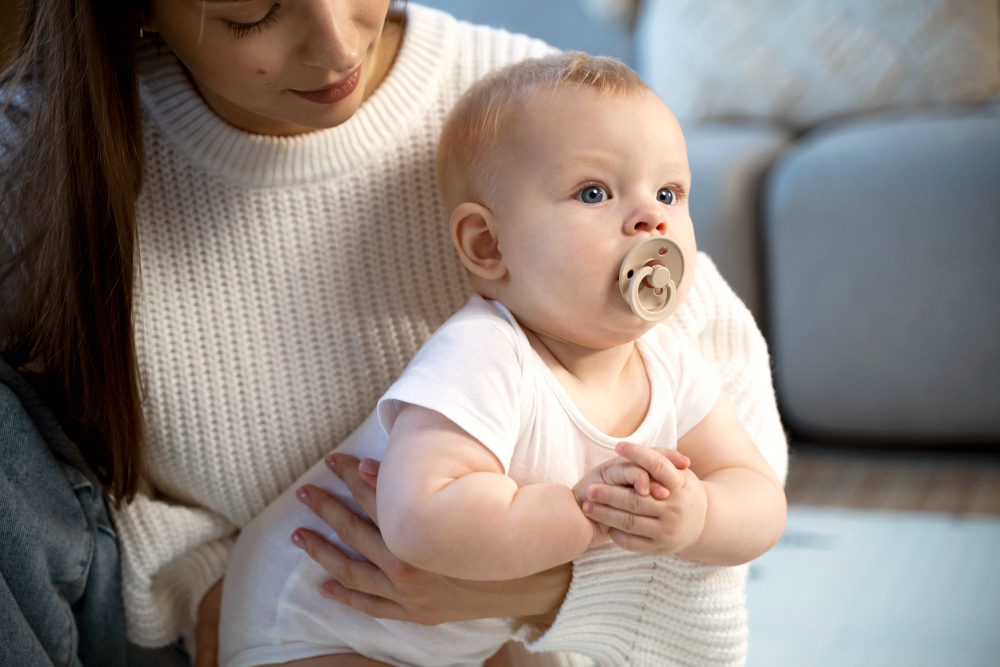As parents, we strive to provide the best care for our children, including their dental health. However, many parents may not be aware of the risks associated with baby bottle tooth decay.
In this article, we’ll explore what baby bottle tooth decay is, its causes, and most importantly, how to prevent it to ensure your child’s dental health.
What is Baby Bottle Tooth Decay?
Baby bottle tooth decay, also known as early childhood caries, is a dental condition that affects infants and toddlers.
It occurs when a child’s teeth are frequently exposed to sugary liquids, such as milk, formula, fruit juice, or sweetened beverages, for an extended period.
The sugars in these liquids feed bacteria in the mouth, leading to tooth decay and cavities.
Causes of Baby Bottle Tooth Decay
- Several factors contribute to the development of baby bottle tooth decay, including:
- Frequent and prolonged exposure to sugary liquids, especially at bedtime or naptime.
- Putting a child to bed with a bottle containing sugary liquids or milk.
- Use of a sippy cup filled with sugary drinks throughout the day.
- Poor oral hygiene practices, such as infrequent brushing and lack of flossing.
Prevention Tips
Preventing baby bottle tooth decay starts with establishing good oral hygiene habits and making healthy choices for your child. Here are some tips to help prevent baby bottle tooth decay:
- Avoid putting your child to bed with a bottle containing anything other than water. If your child needs a bottle to soothe them to sleep, fill it with water instead of sugary liquids.
- Limit sugary drinks, including fruit juice and sweetened beverages. Offer water or milk instead.
- Encourage your child to use a regular cup or transition to a straw cup instead of a bottle or sippy cup as they get older.
- Clean your child’s gums with a soft cloth or infant toothbrush after feedings, even before their first tooth appears.
- Once your child’s first tooth erupts, begin brushing their teeth twice a day with fluoride toothpaste. Use a smear of toothpaste for children under three and a pea sized amount for children aged three to six.
Conclusion
Baby bottle tooth decay is a preventable condition that can have long-term consequences for your child’s dental health.
By understanding the causes of baby bottle tooth decay and implementing preventive measures early on, you can help ensure your child’s teeth stay healthy and cavity free.
Remember to schedule regular dental checkups for your child and consult with your pediatric dentist if you have any concerns about their dental health.

